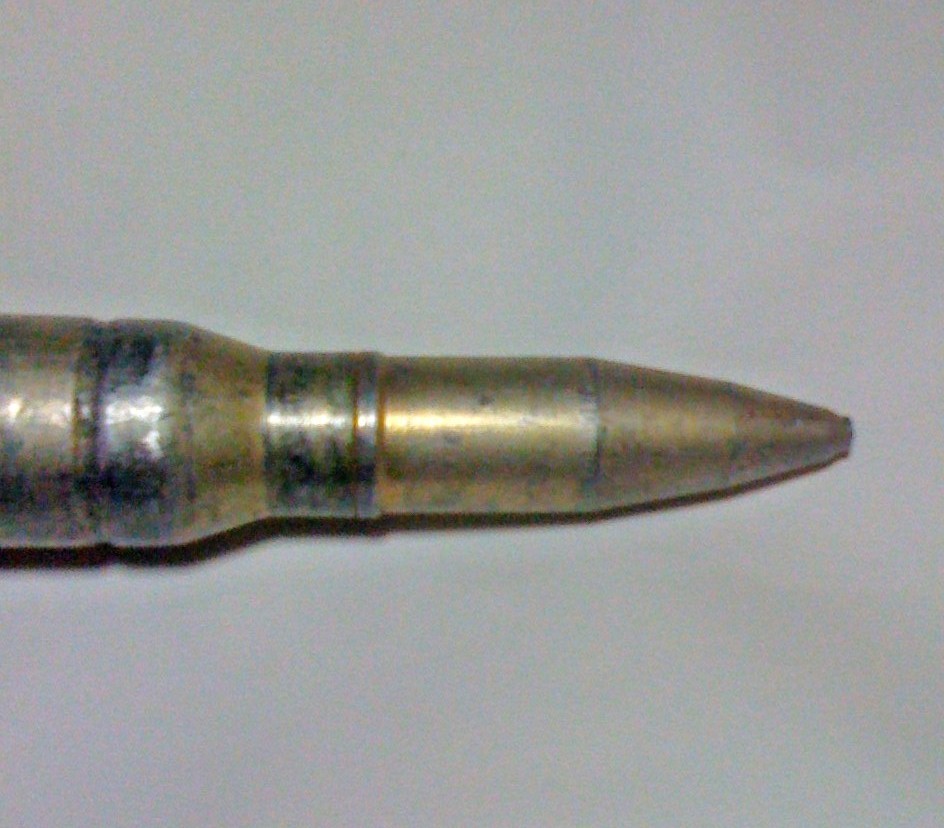Modern Cannons - Design Problems
Or Super Can Openers for Super Cans
As large guns have evolved, the mortars and howitzers have
taken on the role of people killers on the battlefield, using higher
arcs and explosive shells. But one battlefield system is immune
to mortar and howitzer shells, tanks. The weapons in today's Army
and Marine Corps which are called cannons, are designed to kill tanks,
and usually carried by tanks.
There are three types of ballistics involved in designing
these guns: 
1) Interior Ballistics - travel down the
length of the barrel
2) Exterior Ballistics - travel through air
3) Terminal Ballistics - passage through the
target
.
The interior ballistics design
dictates a large diameter of shell base
with respect to the mass of the shell.
The engineer in charge of this wants a
coffee can going down range.
The exterior ballistics design
dictates a small diameter of shell (low
cross section) and a Von Karman Ogive 1) for
minimal air drag.
The engineer in charge of this wants a
tear drop going down range.
The terminal ballistics
design dictates a sharp point, a hard
and dense material, and a lot of momentum.
The engineer in charge of this wants a
railroad spike going downrange.
How do they compromise?
Previous Page
Back to
Contents
Next
Page
1)
Theodore Von Karman
(1881-1963) was a Hungarian Engineer and
Physicist who emigrated to the United States in the 1930's and became
one of the founders of the Jet Propulsion Laboratory. His nose
cone shapes were not based on any geometric form but are based on a
minimization of drag for a given projectile/rocket/aircraft speed.
